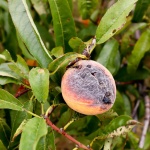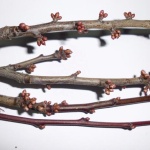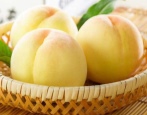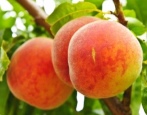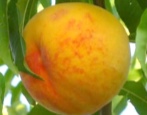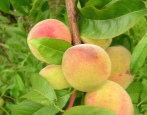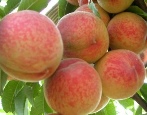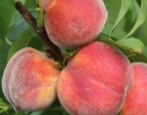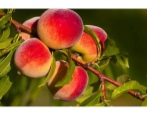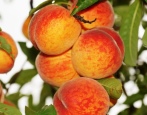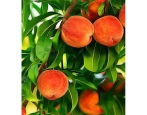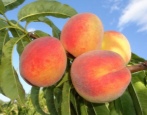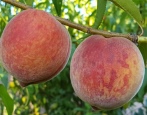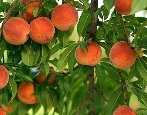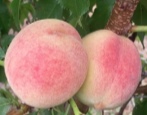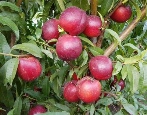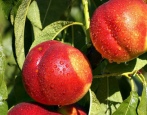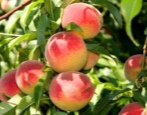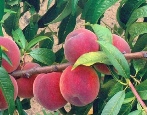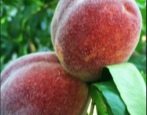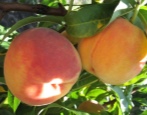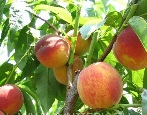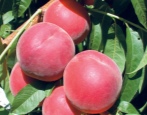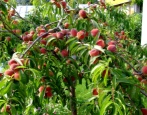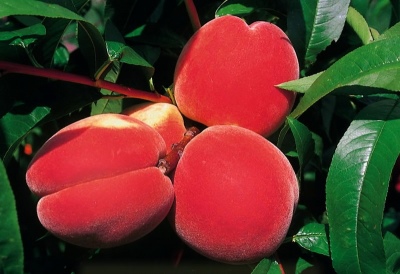
- Authors: Poland
- Name synonyms: Inka
- Growth type: vigorous
- Self-fertility: self-fertile
- Appointment: for fresh consumption
- Yield: high
- Marketability: high
- Transportability: good
- Early maturity: for 2-3 years
- Growing regions: Moscow region, northern and mountainous regions of Scandinavia
Everyone loves peach: both adults and children. The pleasant and juicy pulp provides the body with beneficial trace elements, helping to cope with any stressful situations and achieve physical and emotional balance. In addition, modern hybrid varieties are unpretentious in care. The Inca peach nectarine hybrid is still relatively new on the domestic market.
Description of the variety
The plant is tall, reaching a height of 4 m. The crown is of medium density and spreading. The leaves are long, green. Blooms in large pink inflorescences. The branches are strong, brown in color, growing at an angle of 45 degrees.
Inka is a peach-plum hybrid or plum nectarine created by Polish breeders. Culture appeared on the domestic market about 10 years ago, every year it is gaining more and more popularity among gardeners.
Fruit characteristics
Large-fruited hybrid. On average, the weight of the fruit varies from 120 to 180 g. Its shape is oval, oblong. Ripe peaches are usually dark yellow with a brick blush. The bone is separated from the pulp freely.
Taste qualities
Inka peach has a sweet, sweet taste with a subtle sourness. The aroma is light. The pulp is juicy, medium density, yellow-creamy color, buttery consistency. The skin is dense, with a minimum of villi.
You can use it both fresh and processed. Very tasty jam, compotes, jams are obtained from the fruits. The taste and aroma are especially interesting in baked goods. The variety has good transportability. The shelf life of the fruits is short - about 14 days.
Ripening and fruiting
The tree begins to bear fruit early, starting to yield at 2 or 3 years of development. It blooms in May, the fruit ripens by the end of August.
Yield
With proper agricultural technology, 35-40 kg of harvest can be harvested from one tree.
Growing regions
The optimal regions for cultivation are the Moscow region, the northern and mountainous regions of Scandinavia.
Self-fertility and the need for pollinators
The hybrid is self-fertile. There is no need to plant pollinators nearby.
Growing and care
Peach Inca is an unpretentious crop to grow, but in order to get good yields, you will need to observe certain conditions of care. The hybrid grows well on soils of neutral acidity (pH 6.5-7.5). The soil should be fertile and with good moisture exchange.
The landing site should be chosen carefully. It should be as illuminated as possible and protected from drafts. The south side of the plot is ideal for this. If you plan to plant several plants, then the distance between them should be at least 1.5-2 m.
The landing pit is prepared in advance. A drainage layer must be laid at the bottom of the hole. The roots do not tolerate stagnation of water at all. It is preferable to purchase seedlings with a closed root system, preferably in a nursery. Then you can be 100% sure that you have bought the Inka peach variety.Exclude specimens with signs of disease on shoots and roots, with dry or damaged branches.
If the seedling is without an earthen coma, then a day before planting it is soaked in a solution that stimulates the formation of roots. It is also necessary to prepare a fertile soil mixture consisting of compost, sand, wood ash, sawdust and mineral fertilizers (phosphorus and potassium). This is necessary for the successful rooting of the tree.
A mound of soil is made in the hole, on which the seedling is installed, watered abundantly and carefully filled with the remaining soil mixture. Gently rammed and watered again abundantly. Next week, a layer of sawdust, straw or dry grass is laid around the tree.
Further care consists in moderate watering, top dressing and regular pruning. The peach should be watered several times a month. If a prolonged drought is established, the frequency of irrigation is increased. One tree takes about 20-30 liters of water at a time.
The first few years do not need to be fed. Starting from 3 years of development, in the spring, the soil is enriched with organic matter, and with the beginning of flowering and the formation of fruits, potassium-phosphorus fertilizers are applied: strictly under the root, after digging up the soil.
Pruning is carried out several times a year. In the spring, a shaping procedure is carried out. It is carried out before flowering. The branches are removed that go deep into the trunk and down, dry and with signs of disease. Shoots are cut off almost completely, leaving at the level of 4-5 buds. Peach Inca is not afraid of pruning, it quickly gains green mass. Pruning will be sanitary in the fall.
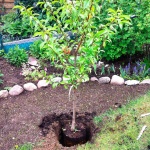
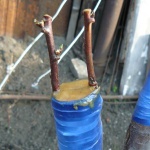
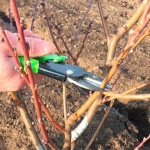
Disease and pest resistance
The hybrid is characterized by persistent immunity to most of the diseases inherent in the culture, especially curl. As a preventive measure, in March, the trunk and skeletal branches are sprayed with a solution of copper sulfate.
